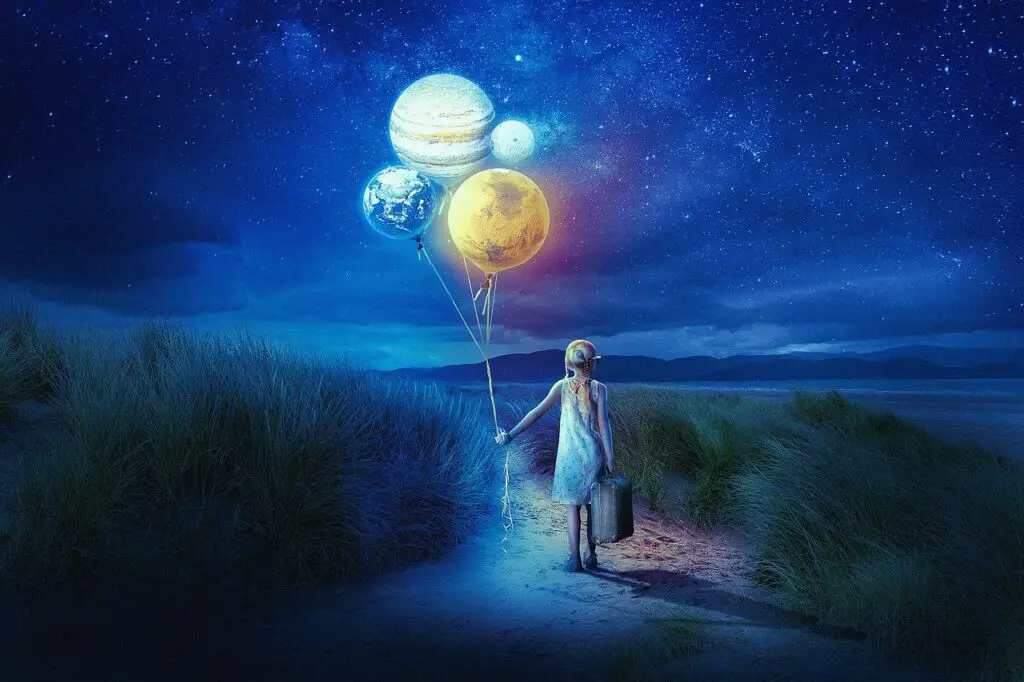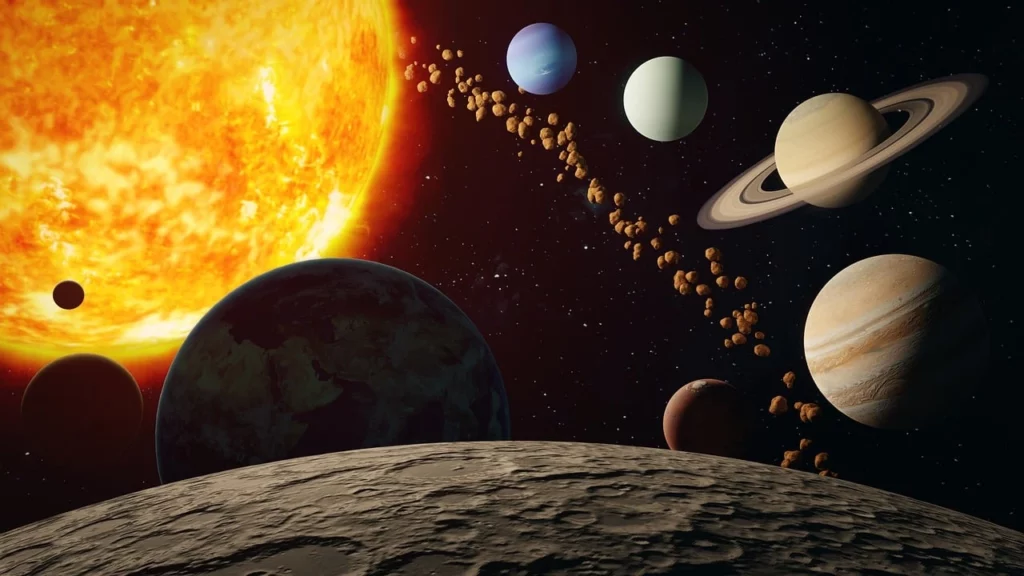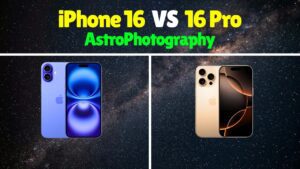
The universe is a very mysterious and fascinating place. We know that 13 Billion years ago, just after the Big Bang, the universe started to form. Our solar system is part of the same universe, and it formed 4.6 Billion years ago. Is the planet’s age in our solar system is same? Initially, our solar system formed as a Solar Nebula, which consisted of only gas and dust.
Then, near our solar system, a star went supernova. The shock wave from this supernova traveled through space, eventually colliding with a molecular cloud of cold gas and dust in the solar nebula, causing it to quickly collapse. After the collapse, the material started to spin. The spin caused the clouds to form a flattened disc shape. In the center, the solar nebula material clumped together to form a protostar, resulting in the formation of the Sun.

Just after the formation of our solar system, when it was very young, another supernova exploded nearby, which could have destroyed the newly formed solar system. But our solar system was protected by thin layers of gas that had very specific isotopes. It saved our young solar system from an early death. It is very fascinating that our solar system formed because of a supernova, and it was also almost killed by a supernova.
Now we know that our solar system is 4.6 Billion years old. The sun is also of the same age. After the formation of the sun, eventually, all the gas and dust also started to form different planets. Almost all the planets formed at the same time as our sun. Some planets formed a few million years apart.
Age of Earth
Let us start with our home planet, Earth. Determining Earth’s age has been a complex endeavor, requiring a multidisciplinary approach. One of the most widely accepted methods involves the radiometric dating of rocks and minerals. By analyzing the decay of radioactive isotopes such as uranium and potassium, scientists have estimated Earth’s age to be around 4.54 billion years.
The Age of the Red Planet—Mars
Scientists have analyzed the impact craters on Mars. From these impact craters, the estimation is that the planet formed around 4.6 billion years ago, making it nearly as old as Earth.
Other Planet’s age in Our Solar System
Beyond Earth and Mars, Mercury is the closest planet to the Sun. It is believed to have formed around 4.6 billion years ago, similar to the estimated age of Earth and Mars.
On the other hand, the gas giants Jupiter and Saturn formed shortly after the birth of the Sun. The prevailing theory suggests that they emerged within a few million years after the solar system’s formation, making them some of the oldest planets in our cosmic neighborhood.
It was challenging to find the age of icy worlds like Uranus and Neptune. However, computer simulations of the early solar system suggest that these distant planets formed between 4 and 4.5 billion years ago, placing them in the same age range as Earth.
List of all planet’s age
| Planet | Age |
| Mercury | 4.503 billion years |
| Venus | 4.503 billion years |
| Earth | 4.503 billion years |
| Mars | 4.503 billion years |
| Jupiter | 4.565 billion years |
| Saturn | 4.543 billion years |
| Uranus | 4.543 billion years |
| Neptune | 4.543 billion years |
Conclusion
- All the planets in our solar system formed 4.6 billion years ago during the initial formation of the solar system.
- Scientists study the meteorites and radioactive elements found in these meteorites to determine the age of the planets. The age of all planets seems almost the same, with some planets forming a few million years apart.





